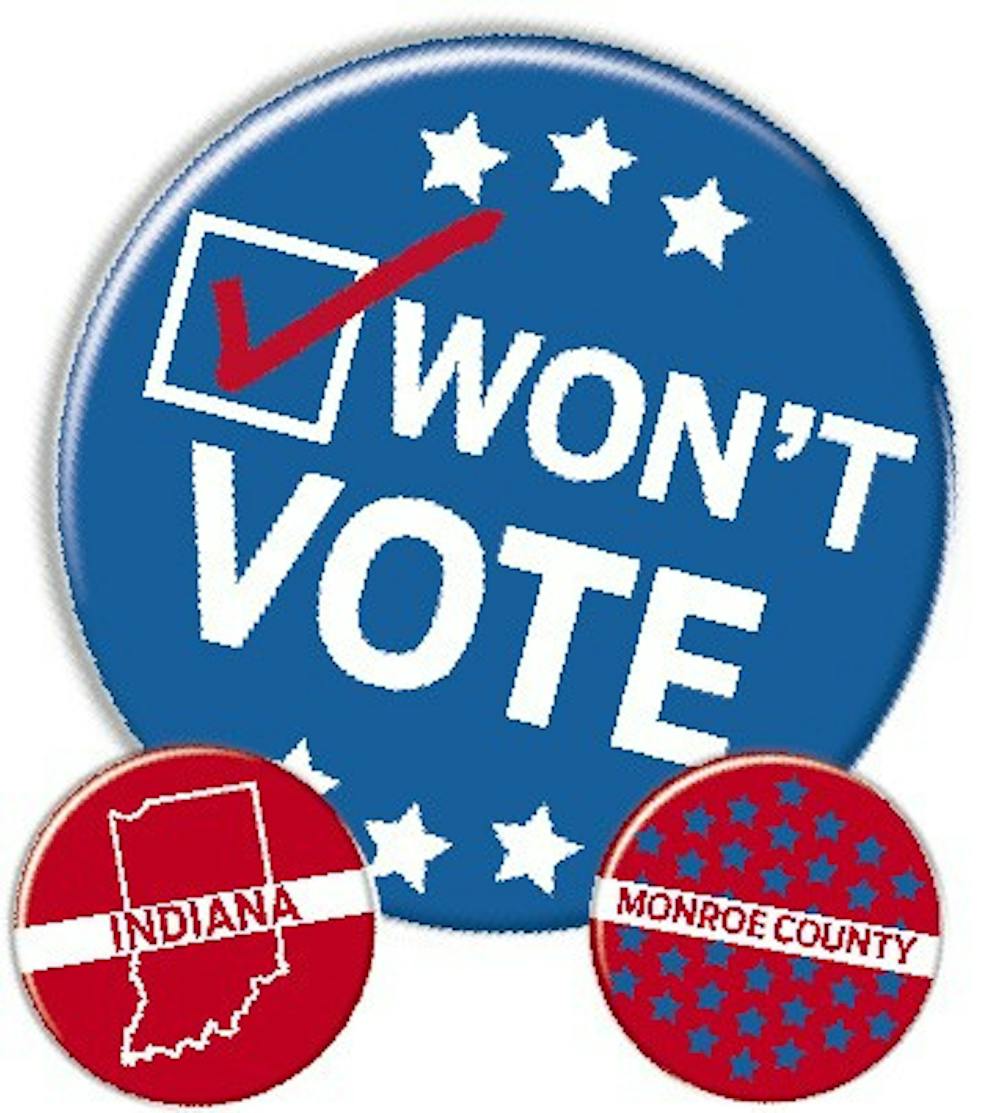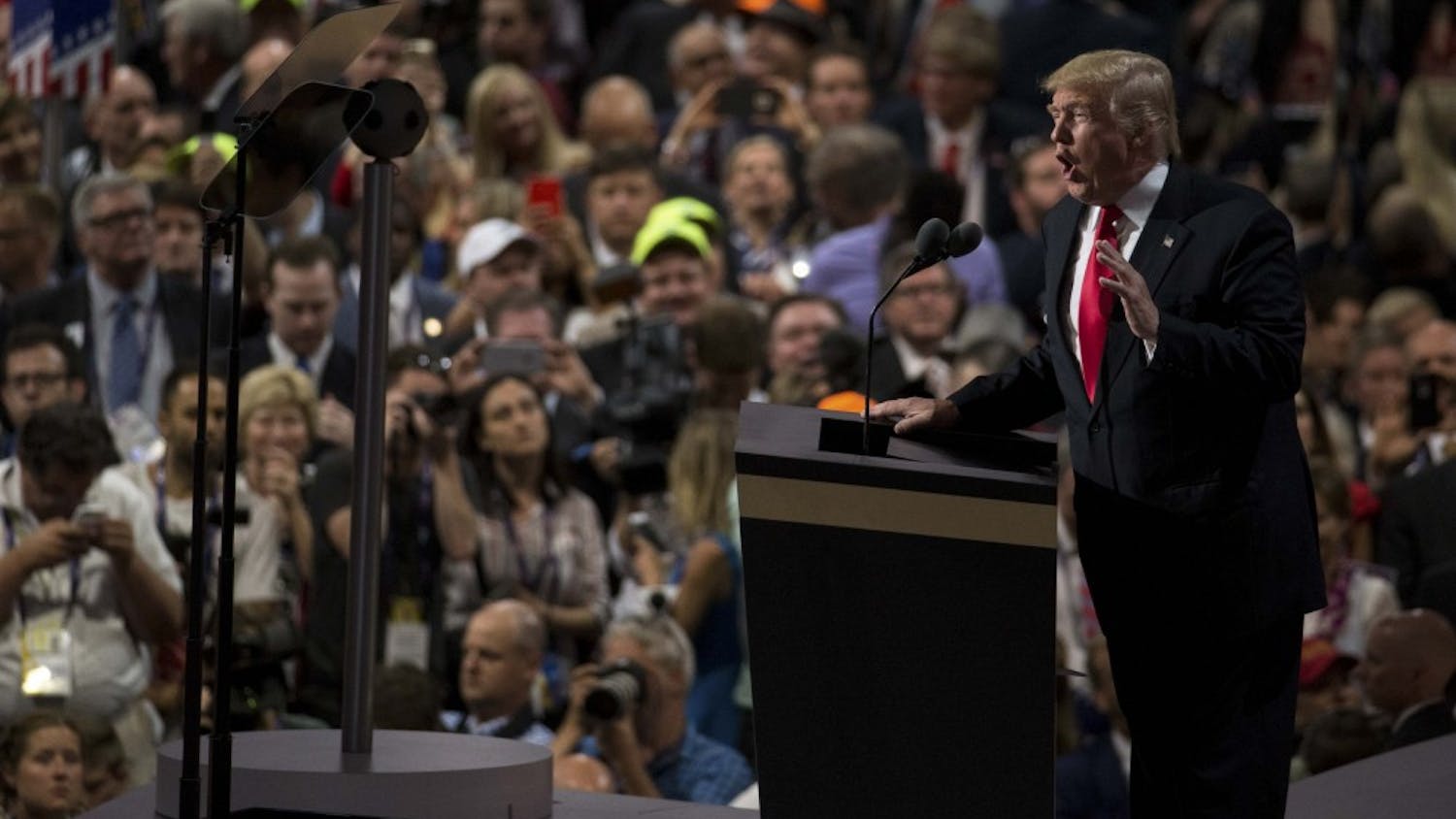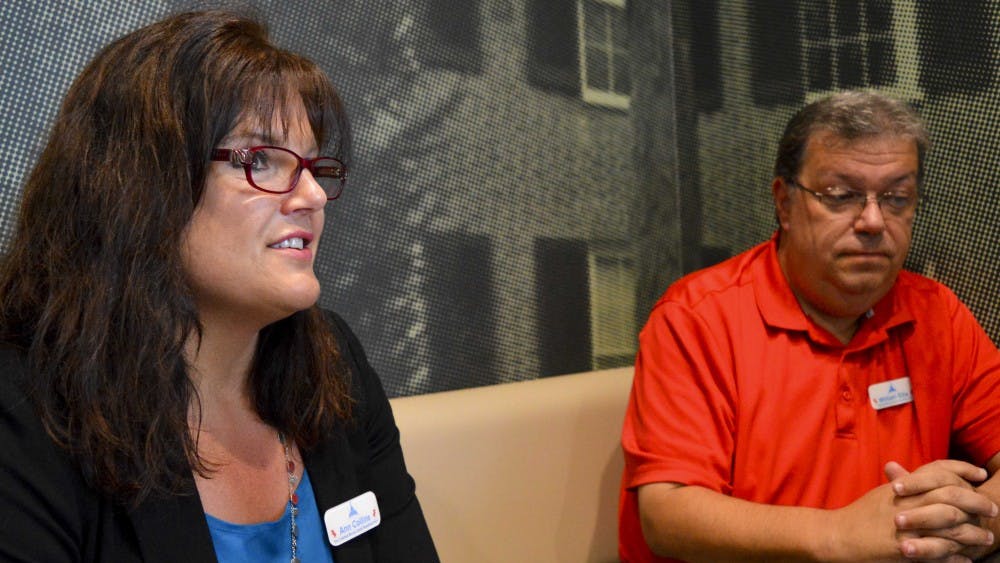With a few exceptions, voter participation has remained stagnant in national elections since 1948. While participation is higher during presidential elections, at around 50 percent, participation during midterm elections is significantly lower. In 2010, 37 percent of registered voters went to the polls, according to data from the U.S. Census Bureau.
Political science professor Edward Carmines said low voter turnout in midterm elections is due to a lack of commitment to voting.
“Only the most committed voters will vote in the midterm elections,” he said.
Those committed voters tend to be 65 years old and older, according to data from the census, with nearly 70 percent participation.
Presidential elections have a higher participation because of publicity, Carmines said, something that politicians, parties, interest groups and other societal organizations need to utilize for midterm elections.
“Parties and candidates work very hard to get the level of turnout that they do,” he said.
Carmines said political candidates and organizations have to do their part to reach out to voters, especially those in their late teens and twenties.
Young voters have the lowest turnout of all age ranges. According to the Census Bureau, 38 percent of 18- to 24-year-old registered voters turned out in 2012.
Indiana ranks 37th of the 50 states in turnout for voters between 18 and 29 years old. Forty-one percent of young voters turned out in 2012, according to the Census Bureau.
“Maybe politicians coming out to places like college campuses and reaching out to our generation and our age of people and maybe making their positions well-known because it’s not something we usually pay attention to (would help young people vote more),” sophomore Leyvana Mercury-Apel said.
Mercury-Apel said she plans to vote in the midterm elections.
Young people have historically not voted as much as older voters, Carmines said.
“Young voter population has many other things going on in their lives and are in situations where it is not easy to register to vote,” Carmines said.
He said young voters become more active when there is an issue or candidate they feel passionately about.
Sophomore Emily Demott, a Michigan resident who is not a registered voter, said that while she was not old enough to vote in the 2012 presidential election, she plans to register by the 2016 election. In the meantime, she said she does not believe she would know how to use her vote.
“The policies they’re trying to pass, I don’t pay attention to that, so I wouldn’t be an educated voter,” she said.
Ways to increase overall voter participation, Carmines said, would include same-day registration and online voting.
“It makes me angry because I think that in years previously, people fought so hard for the right to vote, and it makes such an impact on the politics in the world and in the United States,” Mercury-Apel said.






